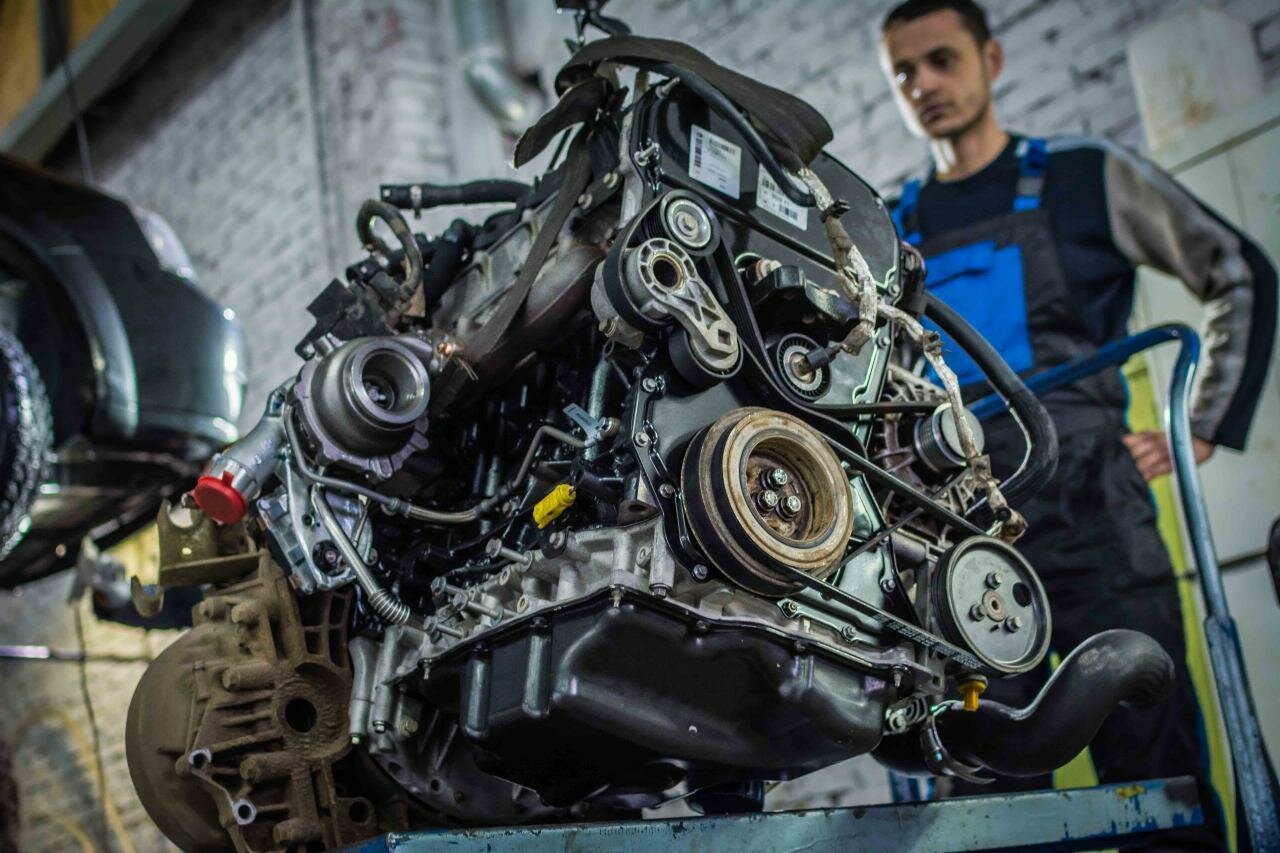Nissan 3.3 Engine Overview
A Brief History
The Nissan 3.3 engine, also known as the VG33E, is part of Nissan’s VG family of engines that have been in production since the late 1980s. This V6 engine was primarily used in various Nissan and Infiniti models throughout the 1990s and early 2000s, including the Nissan Pathfinder, Nissan Frontier, and Nissan Xterra. Designed as a reliable powerplant, the VG33E was an evolution of the earlier VG30 engine, boasting improved displacement and performance characteristics.
While the engine was praised for its durability and decent power output, it is not without its share of problems. Over the years, owners have reported a range of issues that can affect performance, reliability, and overall driving experience. These problems often stem from design flaws, manufacturing inconsistencies, or the natural wear and tear that comes with age.
As vehicles equipped with the Nissan 3.3 engine age, the likelihood of encountering these issues increases, making it crucial for current and prospective owners to be aware of the potential pitfalls. Understanding these problems can help in making informed decisions about maintenance, repairs, and whether to invest in a vehicle featuring this engine. The following sections will delve into the specific problems associated with the Nissan 3.3 engine, providing a clear picture of what to expect and how to address these concerns effectively.
Nissan 3.3 Engine Problems
The Nissan 3.3 engine, while generally reliable, has been associated with several notable issues that can affect its performance and longevity. Understanding these problems is essential for anyone considering purchasing a vehicle equipped with this engine or for current owners looking to maintain their vehicles effectively.
Common Issues Faced by Nissan 3.3 Engine Owners
Owners of vehicles with the Nissan 3.3 engine have reported various problems, some of which can lead to significant performance issues or costly repairs. Below are some of the most common problems:
- Head Gasket Failure: One of the most prevalent issues is the failure of the head gasket, which can lead to coolant leaks and engine overheating.
- Oil Leaks: Many owners have experienced oil leaks, often stemming from the valve cover gaskets or oil pan gaskets.
- Timing Chain Tensioner Problems: The timing chain tensioner can wear out, leading to a rattling noise and potential engine timing issues.
- Fuel Injector Issues: Clogged or malfunctioning fuel injectors can result in poor fuel economy and rough engine performance.
- Ignition Coil Failures: Faulty ignition coils can cause misfires, leading to reduced power and increased emissions.
Detailed Examination of Problems
Understanding the specific issues can help in diagnosing problems early and preventing further damage. Below is a detailed examination of the most critical problems associated with the Nissan 3.3 engine:
Head Gasket Failure
Head gasket failure is a serious issue that can lead to significant engine damage. Symptoms include:
- Overheating engine
- White smoke from the exhaust
- Loss of coolant without visible leaks
Oil Leaks
Oil leaks can lead to low oil levels, which can cause severe engine damage if not addressed. Common signs include:
- Puddles of oil under the vehicle
- Oil spots on the driveway
- Burning oil smell
Timing Chain Tensioner Problems
A failing timing chain tensioner can lead to a rattling noise and, if not fixed, can cause the timing chain to jump, leading to catastrophic engine failure. Symptoms include:
- Rattling noise from the engine
- Check engine light activation
Fuel Injector Issues
Fuel injector problems can lead to poor engine performance and reduced fuel efficiency. Symptoms include:
- Engine misfires
- Poor acceleration
- Increased fuel consumption
Ignition Coil Failures
Faulty ignition coils can cause misfires, resulting in a rough-running engine and increased emissions. Symptoms include:
- Rough idle
- Loss of power during acceleration
- Check engine light on
Symptoms and Consequences Table
| Symptom | Possible Consequence |
|---|---|
| Overheating engine | Severe engine damage |
| Oil leaks | Engine failure due to low oil |
| Rattling noise | Timing chain failure |
| Engine misfires | Poor performance and increased emissions |
| Rough idle | Loss of power and drivability issues |
Top views |
|
|---|---|
 |
Oil, Timing Chains, Pistons: What Really Kills an Engine Prematurely? |
 |
How to Choose a Car with a Reliable Engine: Used Car Market Hacks That Actually Work |
Conclusion
The Nissan 3.3 engine has its share of problems that can lead to significant issues if not addressed promptly. Awareness of these common problems and their symptoms is crucial for maintaining the engine’s performance and longevity. Regular maintenance and timely repairs can mitigate many of these issues, ensuring a more reliable driving experience.




0 Comments